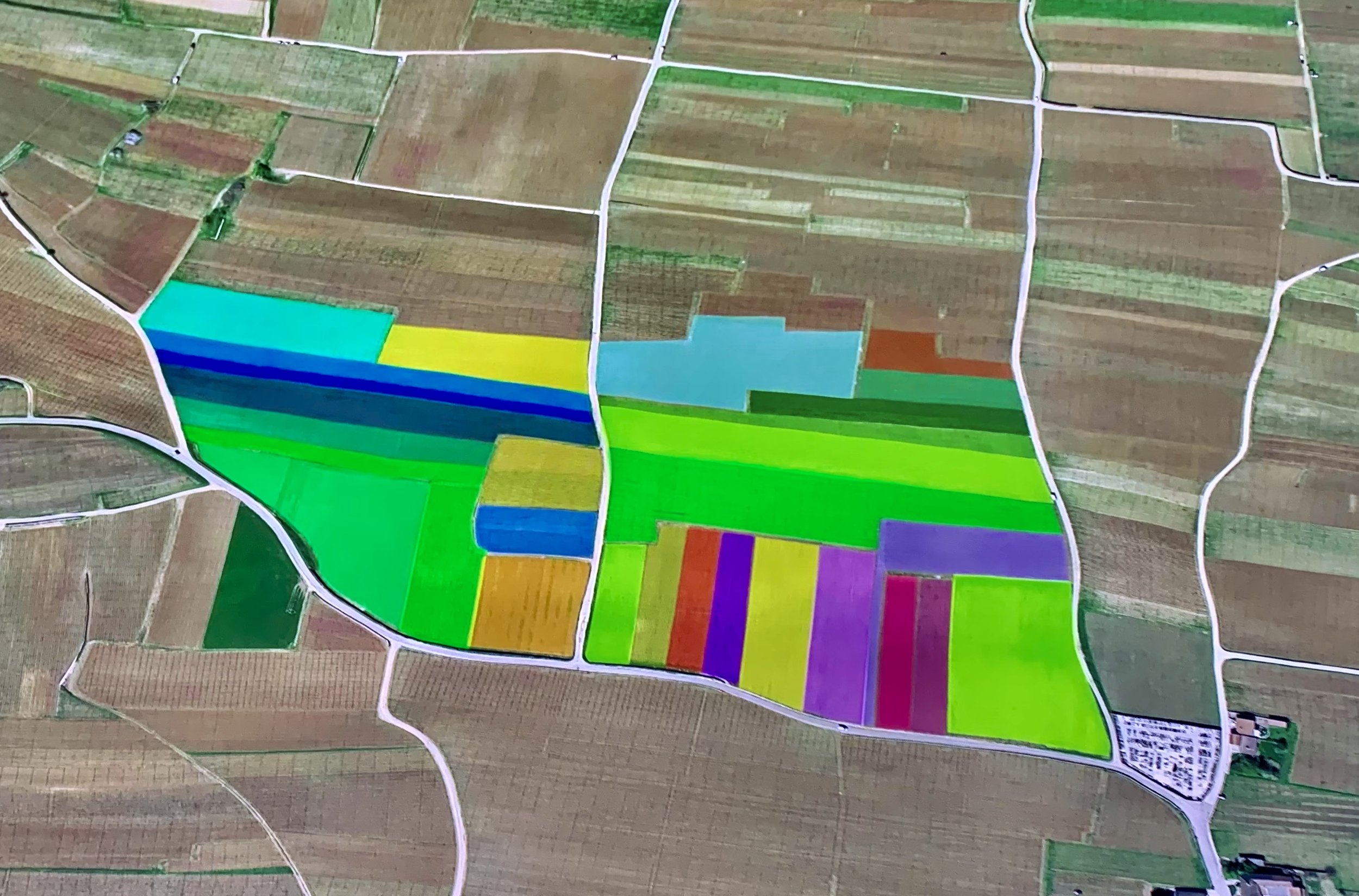Vosne Romanée Les Suchots
I am writing this post because of all the vineyards in Vosne, Les Suchots is the one that draws the most divergent opinions. This is a vineyard on which very knowledgable people have very different views.
On the one hand, Les Suchots is often listed among the very best Premier Crus in Vosne Romanee. This reverence was certainly the case historically, perhaps because its physical position between such prestigious crus as Romanee St Vivant and Richebourg on one side and Exchezeaux on the other implied an elevated quality.
It is certainly a large vineyard at just above 13 hectares with twenty or so growers.
But when the owner of a very prestigious Domaine in the village who themselves own a plot in the lower section of the vineyard call the wine from Les Suchots “uninteresting” or ‘boring” you have to stop and think. And this is what prompted me to write this note. Here is a vineyard of the highest reputation which perhaps does not merit such esteem. Though my sample is quite small, I do not myself recall drinking a Suchots that has really moved me.
The explanation at least in part must lie in the size of the vineyard - fully 13 hectares - and that it actually has a variety of terroir not all of which perhaps are the very best. At the very top is a triangular parcel that apparently used to be called “Les Grand Suchots” - the parcel currently owned by the Domaine Arnoux (who are reinstating that designation on the label). This wine is universally considered the standard bearer for Les Suchots and fetches prices in the market not far from Grand Crus. Meadows notes when tasting at the Domaine they present this wine after both the Domaine’s Echezeaux and the Clos Vougeot. But this seems to be the only wine from Les Suchots that really garners this level of praise - and this may be because of extraordinary plant material in this particular plot that always gives small berries rather than the merits of the underlying terroir.
The lower part of the vineyard was long been recognized as being not as fine as the top, as evidenced by a formal designation by the Agriculture Committee of Beaune in 1861. Not only is it quite low in elevation but there is a distinct valley / depression in the middle of the lowest part - what the French call a “cuvette” which not only collects water, so promoting high yields, but means the slope on either side is influenced to lean slightly to the north or the south depending what side of this depression you parcel is located. Most growers with vines in this lower section - such as Amelie Berthaud - fully acknowledge that this is not the best part of Les Suchots.
It is also not to the vineyard’s benefit that, other than in the clear case of Domaine Arnoux, Les Suchots is often not the best Vosne premier cru that that any particular vigneron produces. There may be a Beaux Monts or a Brûlée perhaps, whose qualities and stronger personality relegate the Suchots to being of slighly less interest. This competition within a lineup is enough to have Suchots lose a certain cachet. Perhaps that is most of it - Les Suchots is evidently a lovely wine and it ticks all the “boxes” (though detractors would point to a slight dropping off of flavor in the mid palate before the wine recovers as it moves towards its finish). Relative to the company it keeps in the cellars of the winemakers in the village, however, it lacks distinctive markers that would give it more personality or prompt anyone to consider it a favorite. It seldom really excites.
What you are supposed to get from Les Suchots is consistently silky texture in the mouth - more so than in the wines from, for example, Beaumonts or Malconsorts. There is more clay on these lower parts of the slope and correspondingly the fruit has good depth but always an elegance. There is spice and florals on the nose. It is in this sense very representative of what the wines from Vosne Romanee are assumed to taste like more so than any other Premier Cru from Vosne. And that perhaps also is its challenge. It is very representative of the ideal of Vosne-Romanee, without having any individual quality that expresses itself forcefully enough to really set it apart.
The picture below - a still shot from a video - is of Les Suchots, looking upslope from the eastern end. It shows the parcel in Les Suchots owned by Domaine Berthaut-Gerbet highlighted in blue, which I include only to illustrate the clear “dip” in the slope at the bottom of the vineyard.









